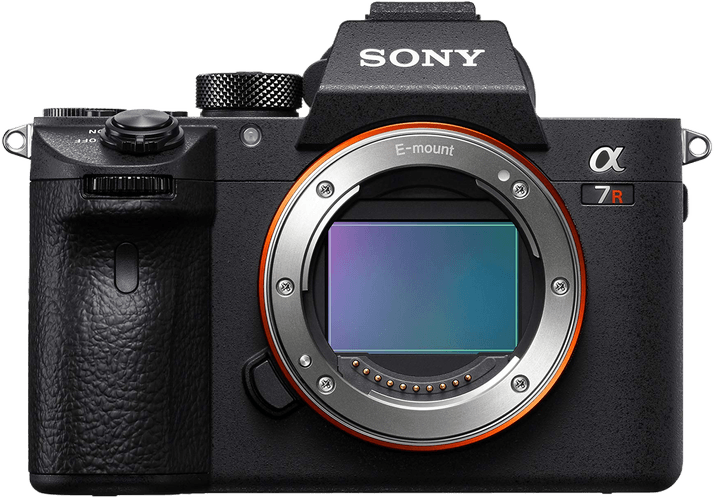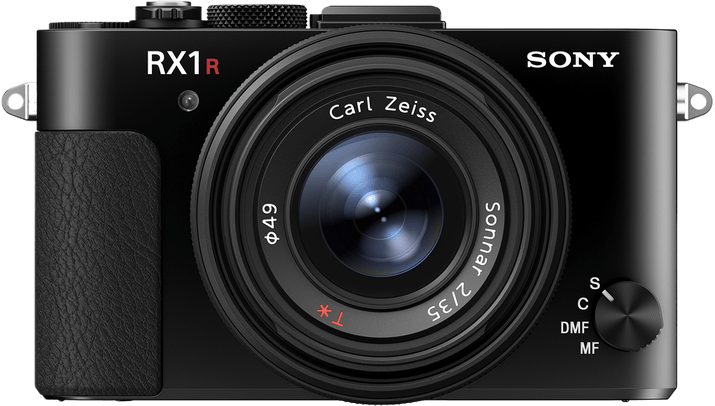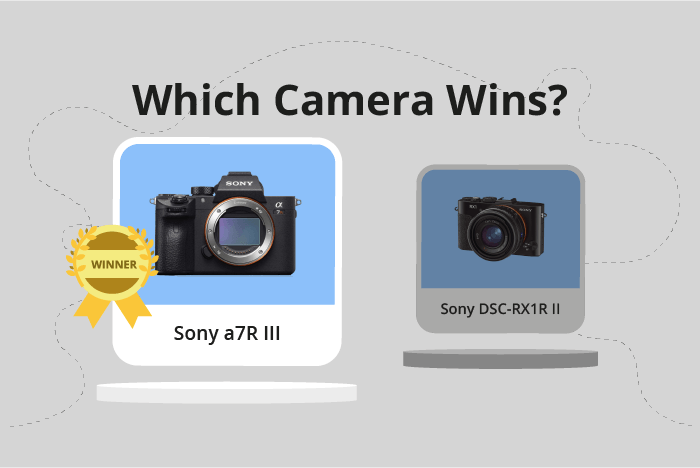Sony a7R III vs Cyber-shot DSC-RX1R II Comparison
Sony a7R III

Sony Cyber-shot DSC-RX1R II

The Sony a7R III outperforms the Sony Cyber-shot DSC-RX1R II with a score of 83/100, a 21-point difference from the latter’s 62/100. Both cameras share similarities, such as being released in the 2010s (2017 for the a7R III, and 2015 for the DSC-RX1R II) and having a $3,000+ launch price.
The a7R III’s advantages include being a mirrorless camera, offering more flexibility and a higher score. On the other hand, the DSC-RX1R II is a compact camera, which makes it more portable with its smaller size (113 x 65 x 72mm) and lighter weight (507g / 1.12lbs) compared to the a7R III’s dimensions (127 x 96 x 74mm) and weight (657g / 1.45lbs).
Considering the specifications, the Sony a7R III is the superior choice for more versatile and advanced photography, while the Sony Cyber-shot DSC-RX1R II is better suited for those prioritizing portability and ease of use.
Sony a7R III vs Cyber-shot DSC-RX1R II Overview and Optics
The Sony a7R III outperforms the Sony Cyber-shot DSC-RX1R II in optics, scoring 84/100 compared to the latter’s 75/100. Both cameras share some common specifications, including 42.4 megapixels, a CMOS sensor, Bionz X processor, and a full-frame sensor size.
The a7R III has several advantages over the RX1R II. Firstly, it has a higher shooting speed of 10 frames per second (fps) compared to the RX1R II’s 5 fps. This means the a7R III can capture fast-moving subjects more efficiently. Secondly, its DXOMARK sensor score is 100, which is three points higher than the RX1R II’s score of 97. This indicates better image quality and low-light performance. Moreover, the a7R III has a lens mount (Sony FE) allowing for interchangeable lenses, providing more flexibility for various shooting scenarios. Lastly, the a7R III comes with image stabilization, which helps reduce motion blur caused by camera shake.
On the other hand, the RX1R II has a fixed lens mount, which means it cannot accommodate different lenses. This could be an advantage for photographers who prefer a compact camera with a single, high-quality lens without having to carry multiple lenses. However, this limits the camera’s versatility compared to the a7R III.
Considering the points mentioned above, the Sony a7R III is superior in terms of optics, offering better shooting speed, sensor performance, lens flexibility, and image stabilization. The RX1R II may be suitable for those who prioritize a compact camera with a fixed lens. However, for those seeking better optics and versatility, the a7R III is the clear winner.
Sony a7R III vs Cyber-shot DSC-RX1R II Video Performance
The Sony a7R III and the Sony Cyber-shot DSC-RX1R II both have a video score of 56/100, indicating an equal performance in this category. They share common features, such as the lack of built-in time-lapse functionality. However, there are differences in their video capabilities that may be relevant depending on the user’s needs.
The Sony a7R III has a superior max video resolution of 4K (3840 x 2160) compared to the Full HD (1920 x 1080) resolution of the Sony Cyber-shot DSC-RX1R II. This means that the a7R III produces higher quality, more detailed videos. Additionally, the a7R III has a max video frame rate of 30fps, which is suitable for most users and provides smooth footage.
On the other hand, the Sony Cyber-shot DSC-RX1R II has a higher max video frame rate of 60fps, although at a lower resolution. This allows for smoother slow-motion footage or capturing fast-moving subjects with greater accuracy. However, the trade-off is a lower video resolution, resulting in less detailed footage.
Based on these specifications, the Sony a7R III is the better choice for users who prioritize video quality and detail, while the Sony Cyber-shot DSC-RX1R II may be preferable for those who need a higher frame rate for specific video applications. Despite their equal video scores, the individual features of each camera cater to different user preferences and requirements.
Sony a7R III vs Cyber-shot DSC-RX1R II Features and Benefits
The Sony a7R III outperforms the Sony Cyber-shot DSC-RX1R II in features with a score of 83/100 compared to 44/100. Both cameras share some common specifications, such as a 3-inch screen size, flip screen, absence of GPS, and WIFI connectivity. However, the differences between these two cameras make the Sony a7R III a superior choice in terms of features.
The a7R III has a higher screen resolution of 1,440,000 dots, compared to the RX1R II’s 1,228,800 dots. This difference results in a sharper and clearer display on the a7R III. Moreover, the a7R III has a touchscreen, making navigation and control easier for the user. The RX1R II lacks this feature. The a7R III also has Bluetooth connectivity, giving users more options for transferring files and remote control. The RX1R II does not offer Bluetooth.
The RX1R II does not have many advantages over the a7R III in terms of features. Both cameras have a flip screen, but the a7R III’s touchscreen gives it an edge. The absence of GPS in both cameras is a drawback, but it does not make the RX1R II better than the a7R III.
Based on the comparison, the Sony a7R III is the clear winner due to its higher screen resolution, touchscreen, and Bluetooth connectivity. The Sony Cyber-shot DSC-RX1R II falls short in these aspects, making it a less attractive choice for those seeking advanced features in a camera.
Sony a7R III vs Cyber-shot DSC-RX1R II Storage and Battery
The Sony a7R III outperforms the Sony Cyber-shot DSC-RX1R II in storage and battery, scoring 65 points compared to the latter’s 13 points. Both cameras share compatibility with SD/SDHC/SDXC memory cards, and neither offers USB charging. However, the a7R III surpasses the RX1R II in several aspects.
The a7R III boasts two memory card slots, providing more storage flexibility than the RX1R II’s single slot. Additionally, the a7R III uses UHS-II compatible cards, allowing for faster data transfer. The a7R III also excels in battery life, offering 650 shots per charge, while the RX1R II only manages 220 shots. This considerable difference enhances the a7R III’s usability for extended shooting sessions.
The RX1R II does accept Memory Stick Pro Duo cards, providing an alternative storage option. However, this advantage does not outweigh the a7R III’s superior storage and battery capabilities. The Sony a7R III is the clear winner in this comparison, offering more storage options and a significantly longer battery life.
Sony a7R III vs Cyber-shot DSC-RX1R II – Our Verdict
Are you still undecided about which camera is right for you? Have a look at these popular comparisons that feature the Sony a7R III or the Sony Cyber-shot DSC-RX1R II:

